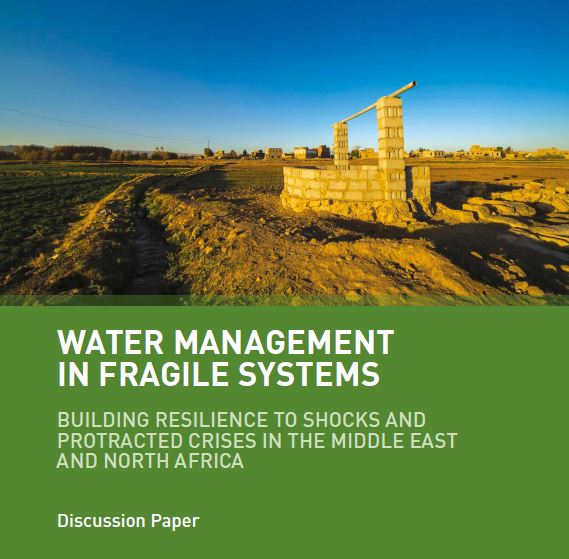Water Management in Fragile Systems: Building Resilience to Shocks and Protracted Crises in The Middle East and North Africa
Fragility has become the reality in several countries of the Middle East and North Africa. Armed conflict and forced displacement are taking an enormous toll on human lives, with the region accounting for about 60 percent of the estimated global total of battle-related casualties since the turn of the millennium. Conflicts and fragility have also had negative economic impacts, with countries directly affected by conflict such as Syria and Yemen losing as much as half of their pre-war GDP. Fragility also has spillover economic effects on countries not directly affected by conflict, such as Jordan and Lebanon, where GDP growth slowed following the onset of the Syrian conflict. Several countries not directly affected by armed conflict or forced displacement are undergoing political transitions, which has implications for development and stability. Fragility challenges compound the region’s water problems. Even before the recent political turmoil, several countries in the Middle East and North Africa were struggling to manage their water resources sustainably and efficiently and to expand coverage of water supply and sanitation services. Now conflict has combined with weak institutional performance and contributed to an intensification of water challenges and a deterioration of water services. This paper brings together these two issues – water and fragility – to discuss how they are related and how they should be addressed. It describes how institutional failures to address water-related challenges can act as risk multipliers, compounding existing situations of fragility, and how improving water management can contribute to building resilience in the face of protracted crises. This paper also emphasises the importance of addressing water and fragility crises in the context of the Sustainable Development Goals.
